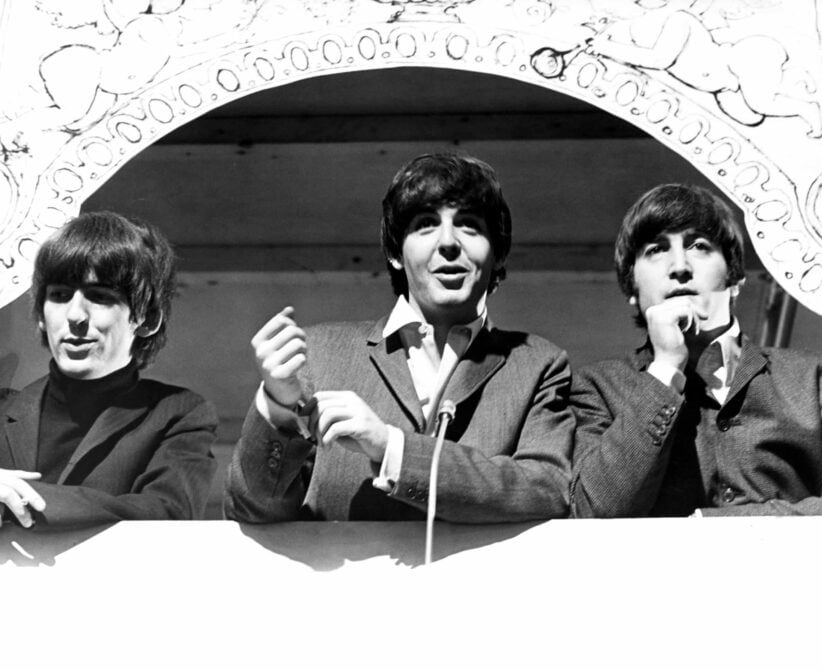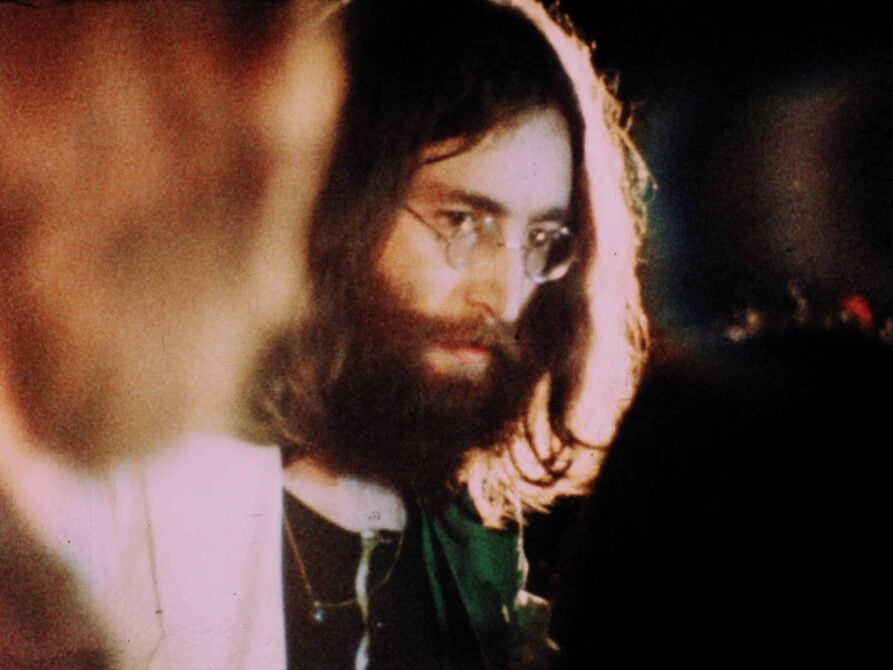
Unknown to many, George Harrison hardly felt like a core member of the Beatles, as John Lennon and Paul McCartney would reportedly dominate creative conversations and push their ideas onto the rest. This, coupled with other factors, led to the group’s split, starting with Ringo Starr’s exit.
George and Lennon would connect over drugs though, as that seemed to be their only thing to bond over. It was also a good sight for George as he observed the band frontman in his natural state, hence understanding him better.
George Harrison was shocked by the true John Lennon revealed to him that might have seemed “crazy”

George would come to learn about his bandmate’s mental health struggles after the release of the John Lennon/Plastic Ono Band album in the ‘70s. He was shocked to realize there was more to Lennon than he thought, even when they shared acid between each other.
RELATED: George Harrison’s Diary Details What He Did Just Moments After Leaving The Beatles
Lennon’s album laid bare his past trauma, childhood, and insecurities, which made George Harrison believe that Lennon was crazy. “It wasn’t until he made that album about Janov, primal screaming, that I realised he was even more screwed up than I thought,” Harrison mused.
Apparently, Lennon’s aim was to voice out his internal challenges and connect better with his listeners.
More on “screwed-up” Lennon

Lennon’s most emotional songs included “Mother,” “Working Class Hero,” and “Isolation,” and with attentive listening, one could feel his pain in each of these songs. Ironically, George has LSD to thank for helping him see the other side of Lennon. It was their thing and created a bubble for them both away from Paul and Ringo.

Paul acknowledged George’s feelings of being left out, admitting he must have been sidelined because he was the youngest of the Fab Four. Sadly, George and Lennon’s relationship would weaken as the latter’s romance with Yoko Ono grew. Yoko’s involvement with Lennon may not have been the sole reason for the band’s demise, but it added to the already existing threats of its future.
